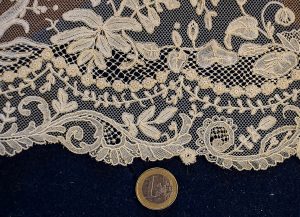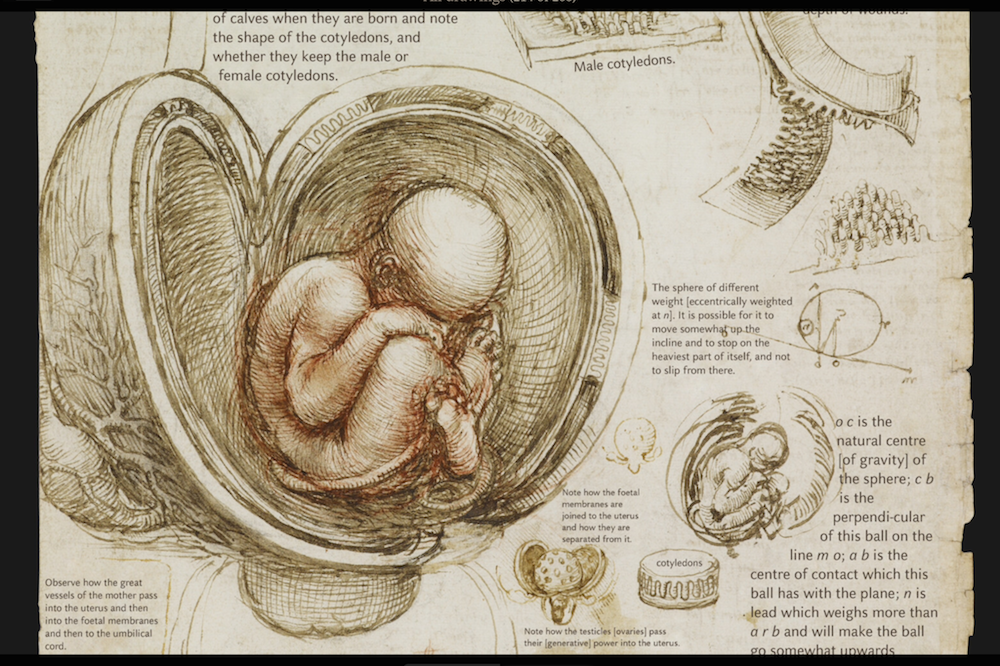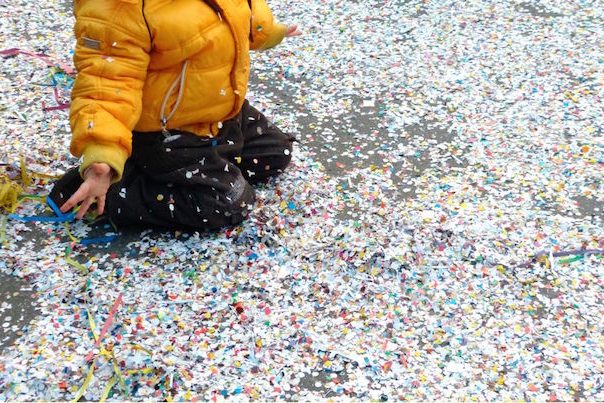One of the first things my Venetian friend, whom I’ll call “A”, said to me when I met him two years ago in his father’s lace showroom near Piazza San Marco was, “ This place will be a museum soon, not a store.”
In fact, the showroom, which his father has owned and operated since 1958, seems a little like a museum already. Tucked away within two ground floor rooms of a 16th-century palazzo and set back from the unrelenting streams of tourists that flow past it on two sides, with no proper storefront or display window of the sort most of us are used to seeing, you can easily walk past both of its entrances without ever knowing it. And having paid a number of visits to the showroom in the two years since, it seems to me that most people do just that.
But that’s not really the problem. The problem, as my friend’s father (whom I’ll call Signor L) put it two years ago is that in “about 10 years there will no more Burano lace being made.” The youngest of the women who supplied (and still supply) the Burano lace for their showroom was at that time 75 years old, and there was (and is) no younger generation with any interest in replacing them. In total, all of the true Burano lace in Venice is now made by about 20 women in their 70s and 80s. Sometimes when I stop into the showroom for a visit I’ll ask Signor L how it’s going with the lacemakers these days and his usual response, accompanied with a sad smile of resignation, is that they’re getting older, like all of us, always older.
There’s no money in making Burano lace: it’s hard work, hard on the eyes, and has never, even when the Burano lacemaking school was in operation from 1872 until 1971, paid well. In fact, as recently as 1987 a New York Times “Shopper’s World” travel piece reported that a lacemaker in Burano typically made “little more than a dollar an hour”—at a time when the minimum wage in the US stood at $3.75.
But that doesn’t mean that real Burano lace has ever been inexpensive. On the contrary, if you find yourself being offered a reasonably-priced piece of “Burano lace,” you can be certain it is not actually Burano lace. A small circular piece of Burano lace just large enough to serve as a coaster for a beer bottle costs at least 200€—and represents a full week of labor. If the piece is composed of complicated “points” (or stitches) it will cost even more.
Even the more affordably-priced Bobbin lace—a simpler method of lacemaking practiced on the island of Pellestrina south of Lido—will set you back at least 150€ for a work the size of a small dessert plate. In other words, those 30€ pieces on display in the gaudy windows of little lace shops around Piazza San Marco and even in Burano may in fact have been “Made by Hand”, as their signs proclaim—but far far away from the Venetian lagoon.
Indeed, Signor L estimates that 98% of lace in the Venetian lagoon, as well as 60% of the glass, is made in China. He carries Chinese machine-made lace in his own shop because sometimes that’s what people want, but he keeps it quaratined in a windowless, closet-like space far from the main showroom, and doesn’t pretend it’s something it is not. At first, he said, the quality of such lace wasn’t too bad for being machine made, but it’s gotten worse over the years.

Last week, Signor L chuckled at the memory of a man who’d blown into his shop one afternoon and declared he wanted to buy a large Burano lace table cloth. Such a piece would cost hundreds of thousand of euros and take years to make. People looking to leave Venice with something like that usually end up with something from China. Or with one of the pleasant light-weight partially hand-decorated cloths from Tuscany that Signor L also carries—perfect for a summer table.
One recent exception, however, was international art star Mathew Barney and his indie rocker/actress wife, Bjork, who did buy a full table cloth decorated with Burano lace (which they subsequently dyed black). But even they were frustrated in their attempts to have a lace table cloth made that would incorporate into its design a central character from Barney’s Cremaster film cycle. The lacemakers said it was simply impossible for them to produce a portrait of that sort in Burano lace.
Along with the increasing influx of cheap lace from China and the aging corps of Buranese who produce lace, there’s also been a parallel decline in lace’s status in Western culture. At one time, Signor L told me last week, items decorated with lace played an integral role in celebrating some of life’s great milestones: not just marriage, but birth, and setting up a household. There was a time not so long ago that people didn’t get married without a trousseau, with sheets and pillowcases, tablecloths and handkerchiefs and undergarments, but now… With a slow open-handed gesture Signor L seems to let the last scant remaining grains of such days fall from his hand.
The talk of such traditions made me suggest that Italians must have been his biggest customers back in the day, but he replied that, no, actually, Americans used to make up 80% of his clientele. Up until about 6 years ago. Now, he said, 99% of his customers are Japanese, in whose culture lace still plays an important role, and who are familiar enough with Chinese lace to appreciate the difference between it and that made by hand in Burano.
I think at this point in the conversation both Signor L and I uttered a long sigh. But then he perked up and began telling me enthusiastically of a lacemaker in Burano who is doing some interesting new things, incorporating subtle colors into what is traditionally a craft of white threads and producing works with innovative figures in them. She doesn’t produce much, she works slowly, with artistry, but “Lei è giovane!” he added.

Young? I repeated, not believing my ears, and imagining the seeds of a rebirth of the craft among twenty- and thirty-somethings. How young? I asked.
“Eh, sessantina,” he estimated. Around 60.
Ah, yes, I nodded, as the seeds I’d imagined ready to sprout just moments earlier began to wither in the soil of my imagination.
I sometimes remind myself that though the history of lacemaking in Burano goes back to the 16th century, it hasn’t been an uninterrupted descent to the present. After the fall of the Venetian Republic in 1797 lacemaking in the lagoon nearly vanished, and was only revived—and just barely—in 1872 through the patronage of various titled ladies determined to establish some trade that islanders could fall back on when their fishing failed. In other words, this isn’t the first time that lacemaking appears to be finished in Burano, but it could very well be the last and final one.
For more about living in Venice, visit Steven Varni’s blog: veneziablog.blogspot.com































